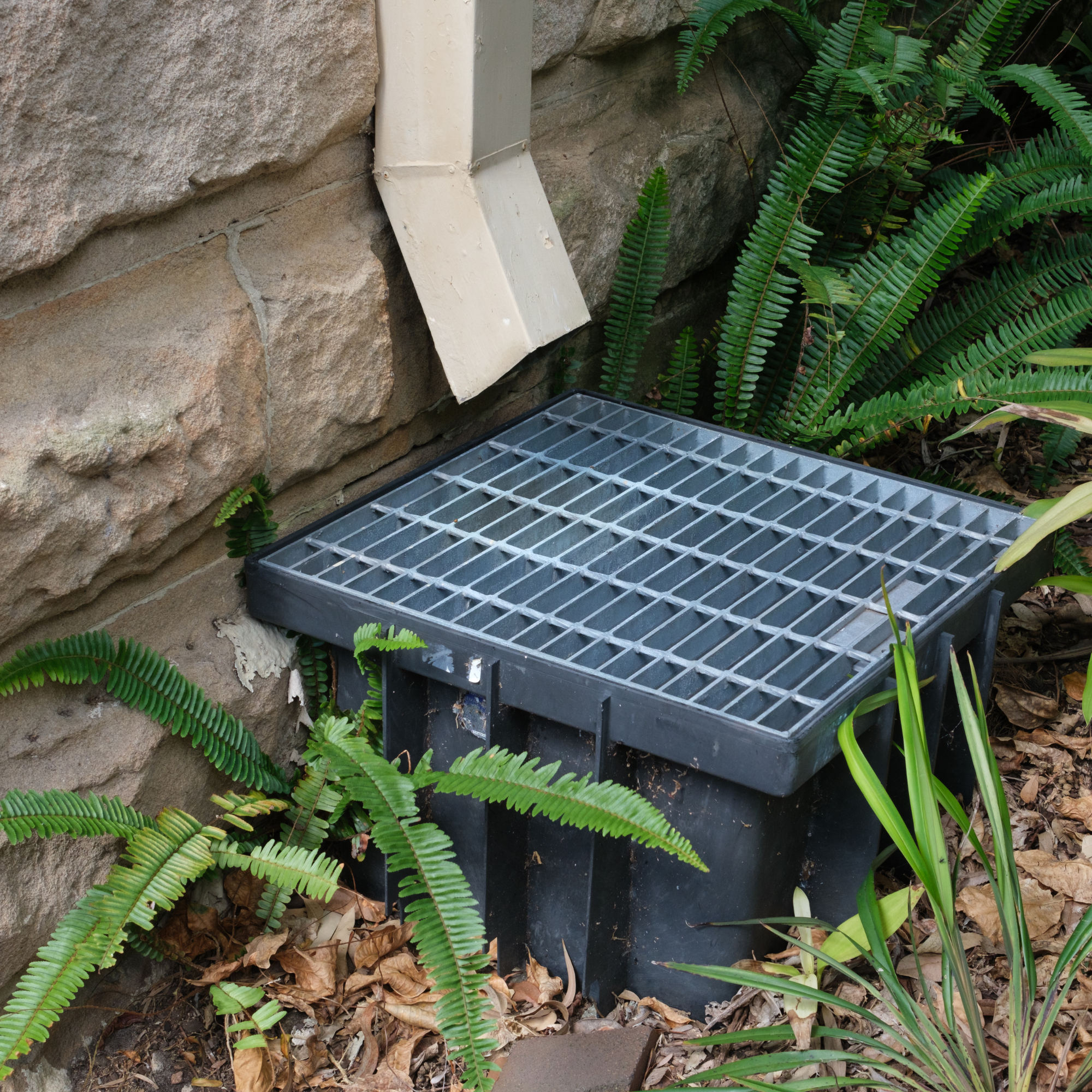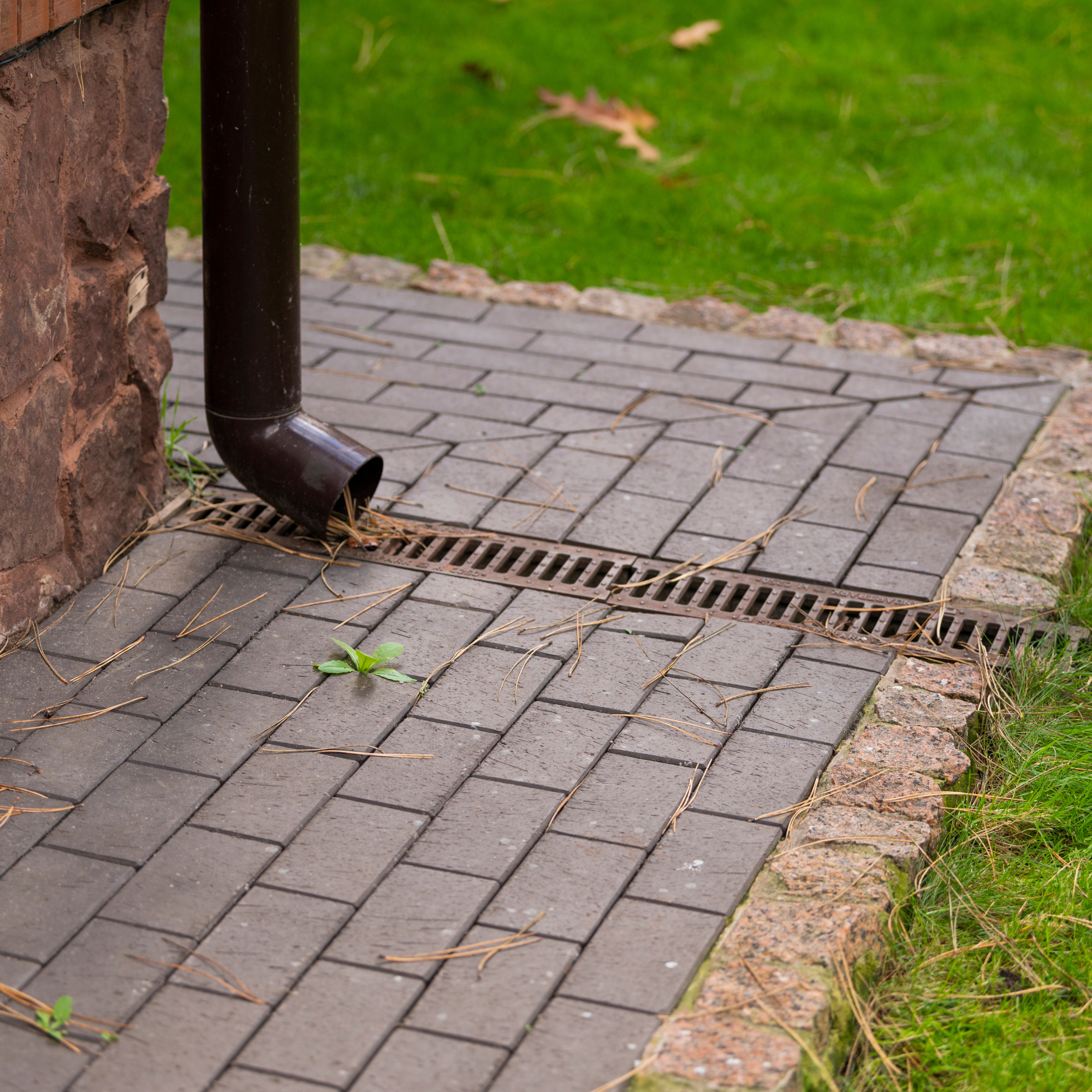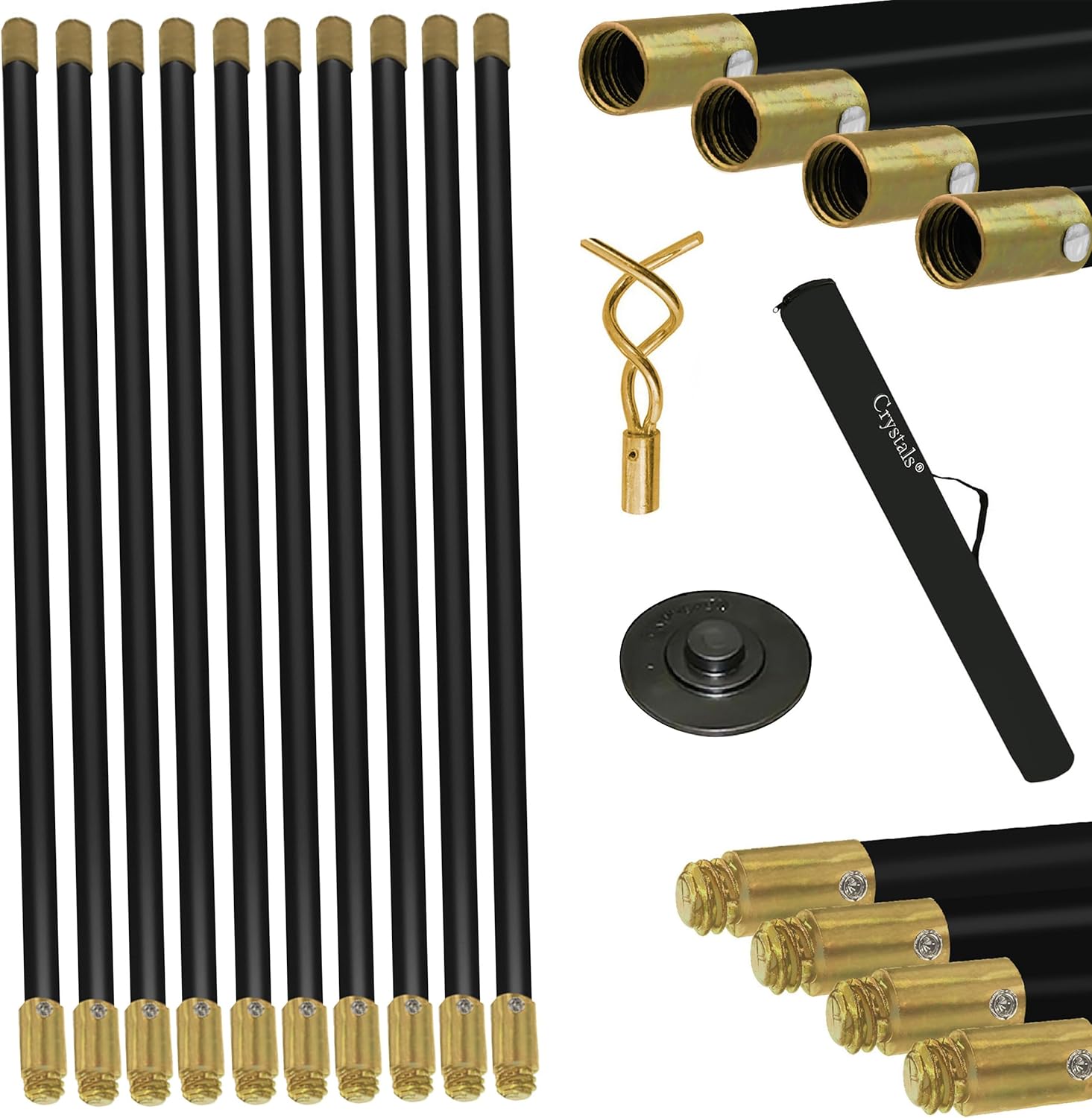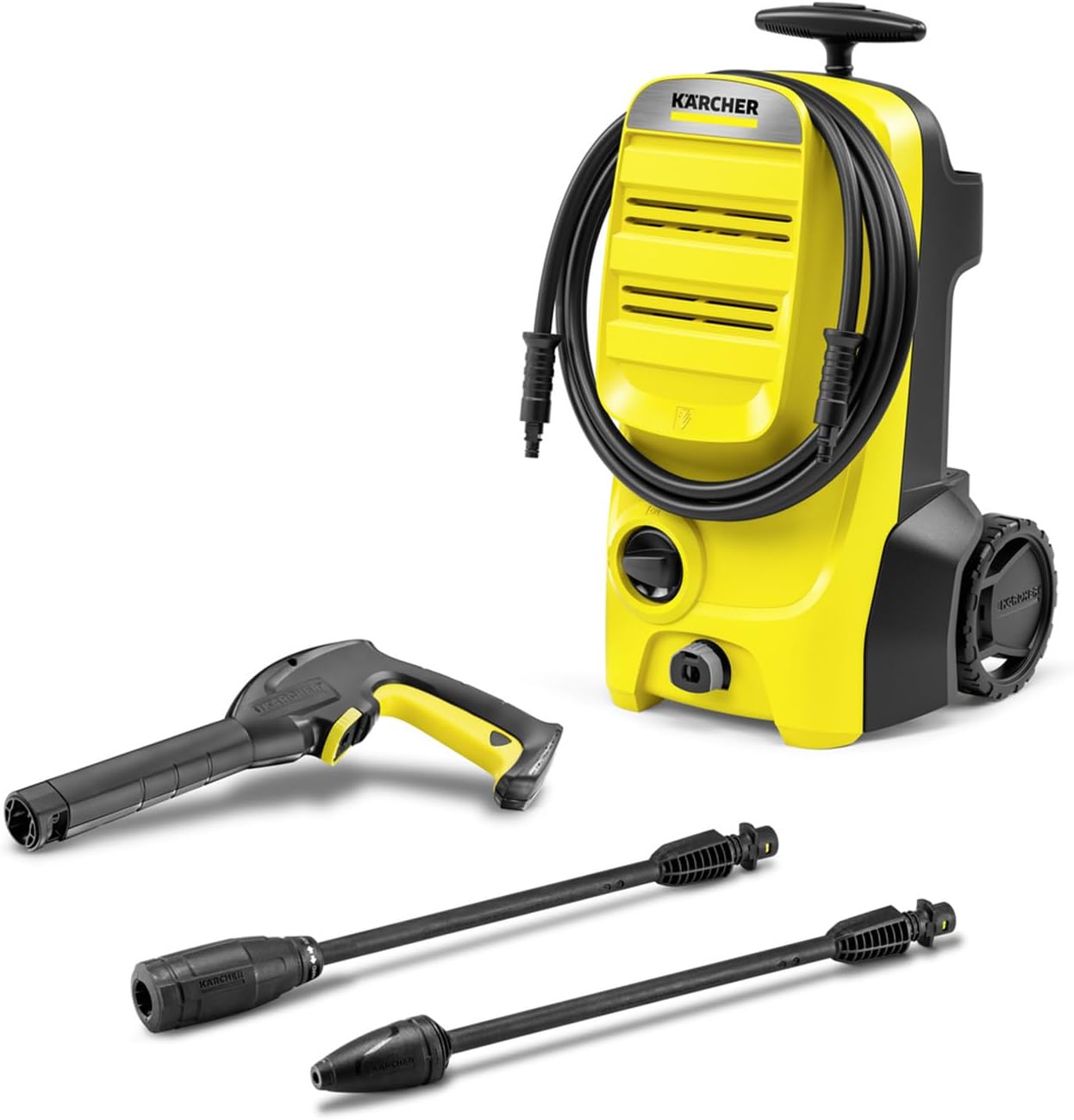If you’re short on chores this weekend, experts have revealed one task that needs to be bumped to the top of your to-do list. You need to clear any debris from your outside drains.
You don’t need me to tell you that recently the weather has been pretty dire, which is why it is unsurprising that many of us have been looking for ways to stormproof our homes. With more wet and windy weather on the way next week, experts say you need to clear your drains right now.
Clearing your drains after a storm or bad weather is one of the most important things you should do if you want to floodproof your home. It will help prevent any blockages from forming and keep your drainage system working as it should. Here’s what you need to know.
Why you need to clear your drain now
‘After heavy rain or storms, drains can easily and quickly become blocked with leaves, mud and other debris that’s washed in. When this debris builds up, it restricts how easy water flows, and can even cause water to back up into your property or garden,’ says Laurence Barwick-Smith, wastewater and drainage specialist at KEE.
‘In some of the more severe cases, this can lead to flooding or structural damage to your home, but in minor cases, it can lead to standing water around the drains that takes a long time to go down or doesn’t go down at all. By clearing your drains after stormy weather, this helps prevent these issues, allowing for proper water flow that imposes no threat to your garden or home.’

(Image credit: Getty Images)
As a general rule of thumb, you should clear your outdoor drains of debris every few months. But during the winter months, it becomes more important to clear debris from your outdoor drains more regularly as the weather is worse than in summer. Because of this, it’s also a good idea to clear debris from your drains before a storm, or even just when bad weather rolls in.
‘Clearing drains ahead of bad weather is also a good idea as it can prevent flooding if your drains are blocked, as blocked drains will be unable to handle heavy rainfall and can cause water damage to your home,’ explains Jess Thomas, managing director of Drainage Central.
‘Preventing flooding from occurring in the first place will also help you to avoid having to pay for costly repairs. Prior to a storm or bad weather, you should also inspect the gutters, drains and downpipes for any damage. Loose downpipes and gutters can be damaged and even removed by heavy winds, which can lead to displaced joints or cracking. Damaged areas like this can allow water to escape, or it can create a point where debris can become caught and cause a blockage.’
How to clear debris from your outdoor drains
An easy, cheap method you can use is washing-up liquid to clear your drains. It’s great for breaking down grease and grime in your drain that can quickly become blockages. However, for large pieces of debris, you can remove it by hand.

(Image credit: Getty Images)
‘Always start by wearing gloves that go up to your elbows for safety. Then, start removing visible debris such as leaves, twigs, foliage, and sludge from the drain entrance. You can then use a drain rod or even a pressure washer to try and dislodge any further buildup that’s further down the pipe, if you find that water still isn’t running freely,’ says Laurence.
‘If you have particularly persistent blockages or constant slow draining water, it’s definitely best to call in a professional drainage engineer.’
Don’t put off this vital autumn job this weekend. Clearing your outdoor drains is not the most exciting or glamorous of tasks, but it is one you need to do now. You’ll thank yourself when the next batch of bad weather rolls in.




